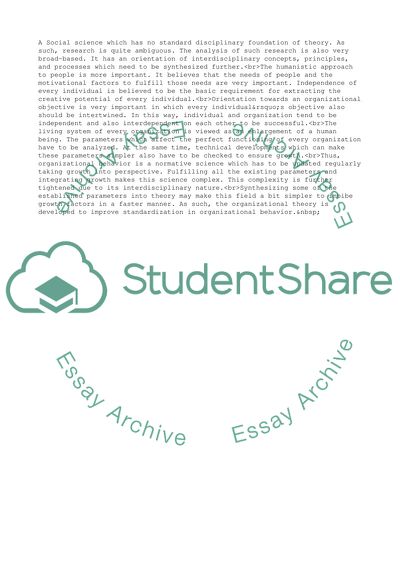Cite this document
(Organizational Theory - Theory X and Y Case Study, n.d.)
Organizational Theory - Theory X and Y Case Study. Retrieved from https://studentshare.org/business/1729638-business-thematic-independent-studies-organizational-behaviour
Organizational Theory - Theory X and Y Case Study. Retrieved from https://studentshare.org/business/1729638-business-thematic-independent-studies-organizational-behaviour
(Organizational Theory - Theory X and Y Case Study)
Organizational Theory - Theory X and Y Case Study. https://studentshare.org/business/1729638-business-thematic-independent-studies-organizational-behaviour.
Organizational Theory - Theory X and Y Case Study. https://studentshare.org/business/1729638-business-thematic-independent-studies-organizational-behaviour.
“Organizational Theory - Theory X and Y Case Study”, n.d. https://studentshare.org/business/1729638-business-thematic-independent-studies-organizational-behaviour.


